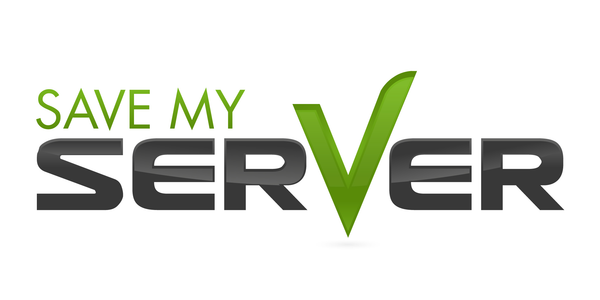When configuring a server or storage system, one of the most important decisions you’ll make is which RAID level to use. RAID — short for Redundant Array of Independent Disks — combines multiple hard drives or SSDs into a single logical unit for performance, redundancy, or both.
Whether you’re running a Dell PowerEdge server, building a home lab, or managing a small business IT environment, understanding RAID will help you balance speed, capacity, and data protection.
What Is RAID?
RAID is a data storage technology that spreads information across multiple drives. Depending on the RAID level, it can:
-
Increase performance (faster read/write speeds)
-
Provide redundancy (protect against drive failure)
-
Or both
Each RAID level uses a different configuration to achieve these goals.
Common RAID Levels Explained
RAID 0 – Striping (Speed Over Safety)
How It Works: Data is split evenly across two or more drives with no redundancy.
Pros:
-
Excellent read/write performance
-
Full use of total storage capacity
Cons: -
No data protection — if one drive fails, all data is lost
Best For: -
Temporary data, scratch disks, or applications needing maximum speed (not recommended for critical storage)
RAID 1 – Mirroring (Simple and Safe)
How It Works: Data is duplicated (mirrored) on two drives.
Pros:
-
Excellent redundancy — one drive can fail with no data loss
-
Easy to rebuild
Cons: -
Only 50% of total drive space is usable
Best For: -
Small business servers, OS drives, and setups prioritizing reliability over capacity
RAID 5 – Speed + Redundancy (Most Common Choice)
How It Works: Data and parity (recovery information) are distributed across three or more drives.
Pros:
-
Balances performance, capacity, and redundancy
-
Can tolerate one drive failure
Cons: -
Slower write speeds than RAID 0 or 10
-
Rebuild times increase with large drives
Best For: -
File servers, small business storage, and balanced workloads
RAID 6 – Extra Redundancy (Double Parity)
How It Works: Similar to RAID 5 but stores two parity blocks per set.
Pros:
-
Can survive two simultaneous drive failures
-
Strong protection for large arrays
Cons: -
Slower writes
-
Requires more drives and space overhead
Best For: -
Enterprise systems or critical storage environments
RAID 10 – Performance + Redundancy (Best of Both Worlds)
How It Works: Combines RAID 1 (mirroring) and RAID 0 (striping). Requires at least four drives.
Pros:
-
Excellent performance and fault tolerance
-
Quick rebuild times
Cons: -
Only 50% usable capacity
-
More expensive due to drive count
Best For: -
Virtualization, databases, or home lab users running multiple VMs
Which RAID Level Is Best for You?
| Use Case | Recommended RAID Level | Why |
|---|---|---|
| Small Business File Server | RAID 5 | Great balance of cost, speed, and protection |
| Home Lab or Virtualization Server | RAID 10 | Fast and fault-tolerant — perfect for VM workloads |
| High-Performance Storage | RAID 0 (with backups) | Maximum speed if redundancy isn’t critical |
| Mission-Critical Data Storage | RAID 6 | Can survive two drive failures — ideal for uptime and safety |
| OS or Boot Drives | RAID 1 | Simple redundancy for system stability |
Final Thoughts
Choosing the right RAID level comes down to what matters most — speed, capacity, or reliability.
For most Dell PowerEdge users, RAID 5 or RAID 10 strikes the best balance between performance and protection. If you’re setting up a data-heavy server or running VMs, RAID 10 is often worth the extra drives.
Need help picking the right RAID setup for your PowerEdge build? Our experts can recommend configurations based on your workload and budget — whether you’re running a small business, data center, or home lab.
At Save My Server, we proudly serve businesses and IT professionals in Suwanee, GA, the Atlanta metro area, and across the United States. Our customers always come first—call or chat with us anytime for expert advice on servers, storage systems, and networking equipment. From our Suwanee location, we provide fast nationwide shipping on premium refurbished Dell, HP, and Lenovo servers. Explore our wide selection of certified, performance-tested IT gear, ready to power your business, data center, or home lab.





